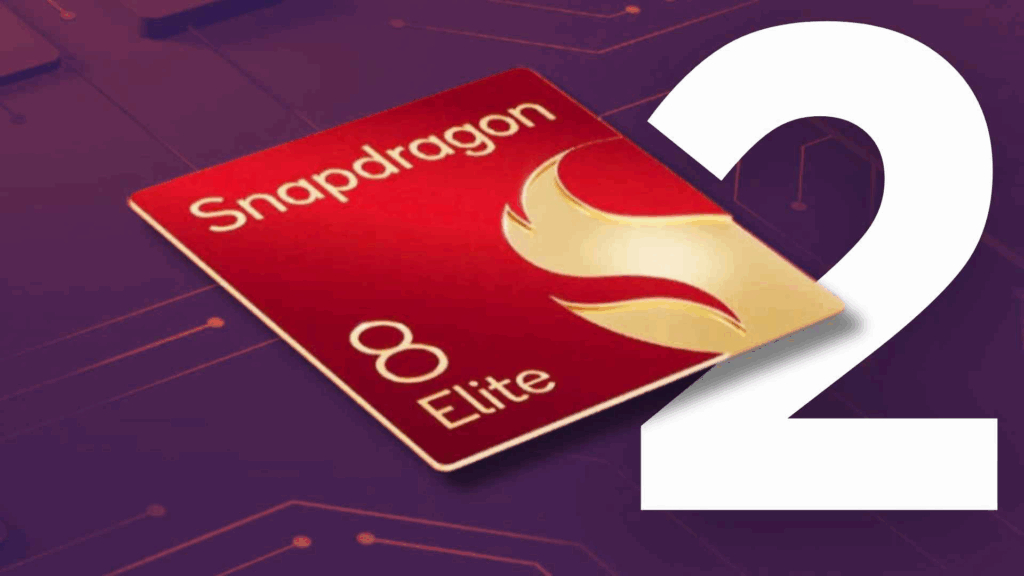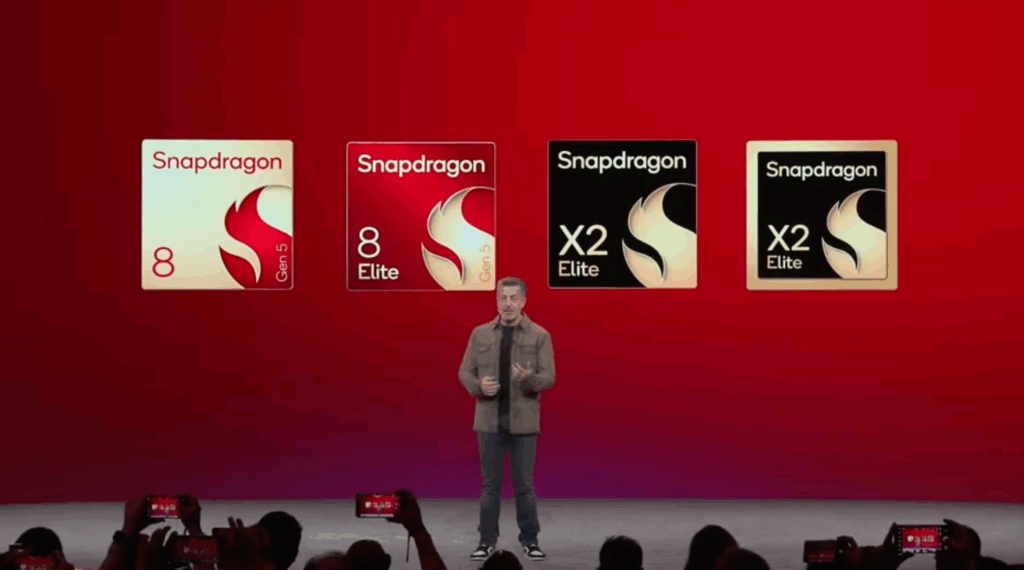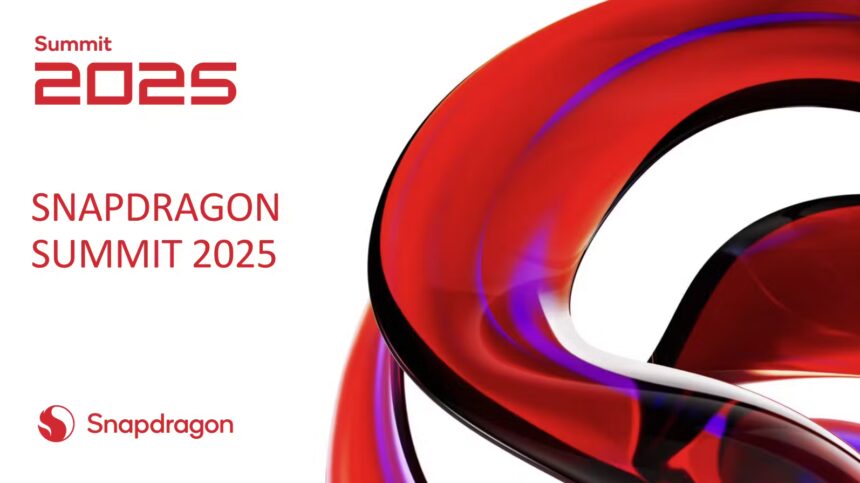The Snapdragon Summit 2025, held in Lahaina, Hawaii, presented a glimpse into the future of AI-driven technology. Qualcomm CEO Cristiano Amon set the tone with his vision of an interconnected ecosystem where AI acts as a personal assistant, powered by cameras and sensors embedded in everyday devices: smartphones, smart glasses, and connected cars. Amon called the era one where “AI is the new UI”, stressing seamless, natural interaction between people and technology.
What’s Happening & Why This Matters
AI as Your Personal Assistant

At the heart of Qualcomm’s announcements is the agentic AI concept. Agentic AI promises to understand what you see, hear, and experience, anticipating needs before you even voice them. Amon explained:
“We’re going to make this technology, which is already very personal, the most personal technology ever.”
Imagine smart glasses reminding you of your step count, appointments, and daily tasks through subtle visual cues, or cars that understand your surroundings to suggest dining options in real-time. This isn’t science fiction — it’s Qualcomm’s roadmap for the coming decade.
A concept video demonstrated these possibilities, showing a user interacting with AI through gestures via a smart ring. These devices form a dynamic, adaptive network of intelligence designed to enrich daily life.
Google and Qualcomm’s Partnership
Joining Amon on stage was Google’s Rick Osterloh, who discussed the integration of Google’s Gemini AI platform into Android. Osterloh stated how Gemini Nano enables on-device, privacy-first AI tasks, such as scam call screening and real-time text proofreading, without relying on cloud services.
He also confirmed Google’s work on merging Android and ChromeOS into a unified platform, aimed at creating seamless experiences across mobile and desktop. The collaboration reveals Qualcomm’s commitment to advancing device convergence, a theme throughout the summit.
Smart Glasses
Despite past challenges with Google Glass, both companies expressed optimism about smart glasses. Osterloh teased upcoming devices co-developed with Samsung, leveraging XR technology to create immersive, context-aware experiences. These glasses will act as an extension of your digital life, enabling intuitive, hands-free interaction with AI.
“The technology is now ready to create a brand-new computing experience,” Osterloh said, positioning smart glasses as a transformative step beyond traditional smartphones.
The Smartphone’s Central Role
While embracing emerging tech, Amon noted that smartphones remain essential. He dismissed predictions of their decline, stating:
“The phone’s not going anywhere. We’ll still wear the phone.”
Qualcomm aims to maintain dominance in this space through its Snapdragon processors, powering flagship devices from brands like Samsung. Amon humorously acknowledged competition, referencing Google’s decision to develop its Tensor chips while reinforcing Qualcomm’s long-standing collaboration with Android.

6G, Human-Centric Innovation, and Beyond

To support this interconnected future, Qualcomm is preparing for 6G connectivity, with test devices expected by 2028. Faster bandwidth, increased storage, and improved processing will be critical to managing the massive data streams required by always-on, AI-enhanced devices.
The event concluded on a playful note. The AI agents selected audience members to join Amon onstage for cocktails crafted by another AI agent named ‘Vela’. The quirky moment symbolized human creativity and machine intelligence — working in concert — another theme that permeated the summit.
TF Summary: What’s Next
Qualcomm’s Snapdragon Summit 2025 showcased a future where AI agents become deeply integrated into daily life, bridging the gap between the digital and physical worlds. With smart glasses, connected cars, and smartphones forming a cohesive ecosystem, the potential for transformative user experiences is immense. As Google and Qualcomm deepen their collaboration, the race to define the next generation of computing intensifies.
MY FORECAST: Smart glasses will gain traction by 2027, complementing smartphones rather than replacing them. Qualcomm’s bet on agentic AI will redefine how users interact with devices, pushing competitors to accelerate their own innovation.
— Text-to-Speech (TTS) provided by gspeech



